How Does Self-drilling Rock Bolt Drill in Quicksand Geological Condition?
Time:2025-01-19From:sinorock View:
Introduction
In the modern era of construction, particularly in geotechnical engineering, foundation stability remains a critical concern. As construction projects become increasingly complex, the depth of foundation pits grows deeper, and the geological conditions become more varied. Among the many challenges that engineers face is the presence of quicksand layers, which can pose serious risks during the construction phase. Quicksand is a type of soil that behaves like a fluid when disturbed, making it difficult to stabilize and drill into.
One of the most effective tools for securing foundations in these unstable soil conditions is the self-drilling rock bolt. In this article, we will explore the challenges posed by quicksand geological conditions and how self-drilling rock bolts are used to effectively anchor structures in these difficult environments.

Understanding Quicksand Geological Conditions
What Is Quicksand?
Quicksand is a colloidal suspension of fine sand particles and water, often found in areas with high groundwater levels. It has a unique property in that it behaves like a solid under pressure but flows like a liquid when disturbed. This behavior is the result of the saturation of the sand particles with water, creating a fluid-like matrix that is unstable under mechanical stress.
In geotechnical engineering, quicksand is often encountered near rivers, lakes, and coastal areas, where water movement creates a loose, porous soil layer. The challenges associated with quicksand layers arise from their fluidity, low shear strength, and high permeability, all of which make traditional construction methods ineffective.
Geotechnical Challenges in Quicksand Conditions
The primary challenge posed by quicksand geological conditions is the difficulty in stabilizing and securing the ground. Traditional methods like casing drilling often result in the collapse of the drill hole due to the inability of the casing to withstand the fluid dynamics of quicksand. Additionally, the high groundwater content can lead to erosion, making it difficult for anchors to bond properly.
The Role of Self-Drilling Rock Bolts in Quicksand Conditions
Self-drilling rock bolts are a specialized type of anchoring system that is used to secure unstable ground. Unlike traditional rock bolts that require pre-drilled holes, self-drilling rock bolts combine drilling and anchoring into a single operation. This ability makes them ideal for use in conditions like quicksand, where drilling and securing the bolt simultaneously can prevent hole collapse and improve overall efficiency.
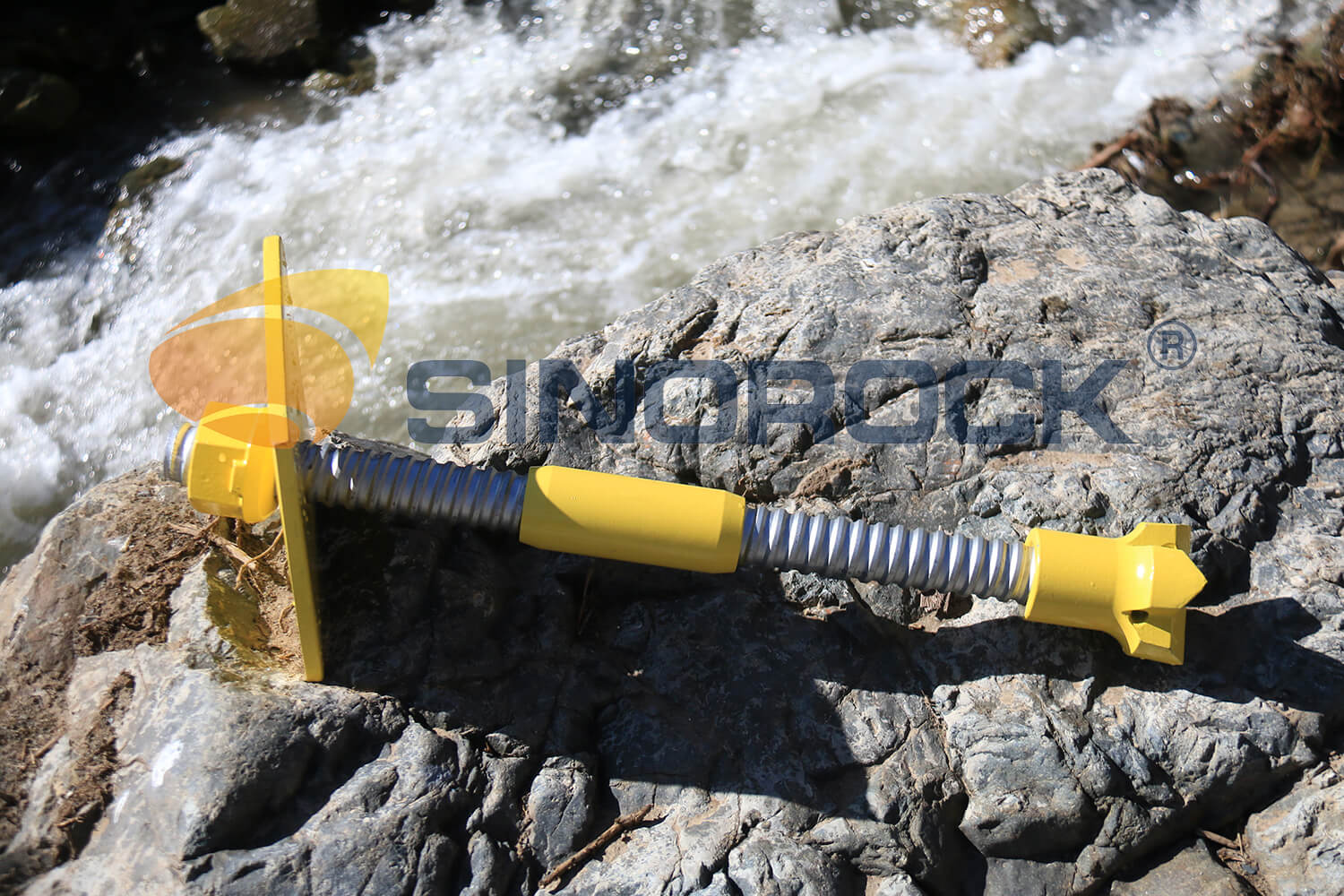
Why Self-Drilling Rock Bolts Are Suitable for Quicksand
1. Simultaneous Drilling and Grouting: One of the primary advantages of self-drilling rock bolts is their ability to perform drilling and grouting in one continuous operation. This dual function is crucial in quicksand conditions, as it allows the grout to set immediately, reinforcing the soil around the bolt and preventing the collapse of the anchor hole.
2. High Bonding Strength: When the grout is injected while the bolt is being drilled, it increases the bond strength between the bolt and the surrounding soil. This bond is essential in quicksand layers, as it helps anchor the bolt securely despite the fluid-like behavior of the soil.
3. Versatility in Fluidic Soil: Self-drilling rock bolts can be adjusted during installation to ensure they are positioned correctly in the quicksand layer. Since the drilling process is flexible, it accommodates the dynamic nature of quicksand layers, ensuring that the bolt can be installed at the correct angle and depth.
Challenges in Self-Drilling Rock Bolt Installation in Quicksand Conditions
Although self-drilling rock bolts are effective in quicksand layers, their installation comes with its own set of challenges. Understanding these difficulties is crucial for engineers to mitigate potential issues and ensure the structural integrity of the foundation.
1. Water and Sand Interaction
Quicksand layers contain high amounts of groundwater and loose sand particles, which can affect the performance of self-drilling rock bolts. During installation, water and sand often flow out from the drilled hole, making it essential to control the flow to prevent instability. The use of high-pressure grouting is often employed to ensure the grout remains in place and prevents the hole from collapsing.
2. Thixotropy and Liquefaction
Thixotropy refers to the ability of certain substances, such as clay and quicksand, to behave like a liquid when disturbed but return to a solid state once the disturbance stops. This behavior can complicate the installation of rock bolts, as it leads to soil liquefaction under mechanical stress. Engineers must carefully monitor the drilling and grouting process to avoid disturbing the quicksand too much, as this could cause excessive flow or loss of grout.
3. Casing Issues and Hole Collapse
Traditional methods such as casing drilling often fail in quicksand layers due to the instability of the casing as the hole depth increases. The casing can bend or collapse under the fluid pressure of the quicksand, leading to issues with the anchoring system. Self-drilling rock bolts offer a solution by eliminating the need for casing, ensuring that the drilling operation is continuous and stable.
Best Practices for Installing Self-Drilling Rock Bolts in Quicksand
To successfully install self-drilling rock bolts in quicksand layers, the following best practices should be followed:
1. Preparation of the Working Surface
Before beginning installation, the working surface needs to be flat and stable to prevent the drilling rig from retreating due to reaction forces. Ensuring a wide and solid work area, typically around 6 meters in width, is essential for the smooth operation of both the rig and personnel. Additionally, it is important to address the groundwater by setting up drainage systems to manage excess water.
2. Proper Positioning of the Bolts
Accurate measurement and positioning of the self-drilling bolts are critical. The bolts should be positioned 200-300mm above the pit’s bottom to allow for proper grout flow and to prevent blockages from mud or slurry. This ensures that the self-drilling rock bolt will anchor effectively into the quicksand layer.
3. Continuous Drilling and Grouting
Drilling and grouting should occur simultaneously to stabilize the drilled hole and prevent collapse. The angle of the drill must be checked continuously to ensure it meets the design specifications. Any deviation from the correct angle requires immediate adjustment to maintain the integrity of the anchoring system.
4. Secondary Grouting for Additional Strength
After the initial grouting phase, a second round of high-pressure grouting is often necessary. This step reinforces the grout bond, fills any voids, and further stabilizes the quicksand layer. Secondary grouting is crucial for improving the long-term performance of the self-drilling rock bolt.
5. Final Fixing and Testing
Once the drilling and grouting process is complete, the final step is to secure the self-drilling rock bolt with a backing plate and nut. The anchor should not be disturbed during maintenance to avoid shifting. Following installation, a pull-out test is conducted to ensure the rock bolt has sufficient bonding strength and bearing capacity. The results of the pull-out tests are crucial in confirming the effectiveness of the installation.
Conclusion
Self-drilling rock bolts are a powerful tool in tackling the challenges posed by quicksand geological conditions. Their ability to simultaneously drill and grout allows for quick, effective installation and enhances the anchoring process. However, successful installation requires careful preparation, precise execution, and ongoing monitoring to ensure the stability and strength of the anchoring system.
In quicksand environments, it is crucial to consider not only the installation techniques but also the choice of materials and products. With proper use and a well-executed approach, self-drilling rock bolts can significantly improve foundation stability in challenging soil conditions, making them an invaluable asset in modern geotechnical engineering.
If you are working in areas with challenging quicksand conditions, self-drilling rock bolts may be the solution you need. For more information on self-drilling bolts or assistance with difficult geological conditions, feel free to contact us for expert advice and solutions.
latest news
-
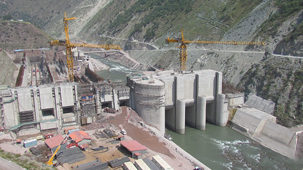
- What Are the Applications of SDA Bolts in Hydropower Stations?
- Time:2025-08-21From:This Site
- Learn how self-drilling anchor bolts enhance slope stability, tunnel support, and dam reinforcement in complex geological conditions at hydropower stations. Optimize hydropower projects with efficient, cost-effective, and eco-friendly solutions.
- View details
-
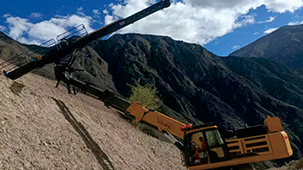
- Slope Stabilization with SDA Bolts: Benefits & Applications
- Time:2025-08-19From:This Site
- Discover how self-drilling anchor bolts (SDA bolts) provide superior slope stabilization for highways, railways, and tunnels. Learn their key benefits, installation process, and real-world applications in loose or collapsible soils.
- View details
-
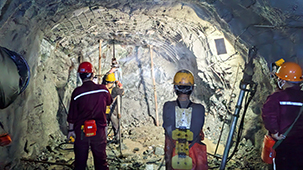
- How Self-Drilling Rock Bolts Enhance Tunnel Support in Fractured Rock?
- Time:2025-08-15From:This Site
- Discover how self-drilling rock bolts enhance tunnel support in fractured rock. Learn their benefits, installation steps, and real-world applications for safe, efficient tunneling.
- View details
-
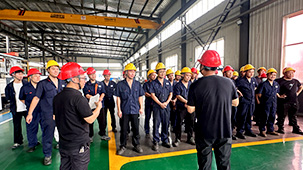
- Sinorock 2025 Quality Month | Strengthening Quality Foundations, Empowering Product Excellence
- Time:2025-08-13From:This Site
- Sinorock’s 2025 Quality Month, themed “Strengthening Quality Foundations, Empowering Product Excellence,” successfully concluded, reinforcing our commitment to superior product quality.
- View details
-
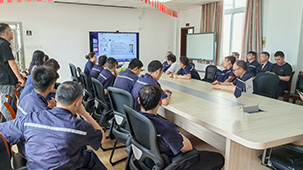
- Sinorock Safety Month 2025 | Everyone Speaks Safety, Everyone Can Respond
- Time:2025-07-03From:This Site
- Sinorock Safety Month 2025, centered on the theme "Everyone Speaks Safety, Everyone Can Respond - Spot Workplace Hazards," has wrapped up successfully!
- View details
-

- Quality Control: the Vital Factor of A SDA Bolt Factory
- Time:2025-01-09From:This Site
- Sinorock’s comprehensive quality control system, from supplier management to outgoing inspections, ensuring the highest standards for self-drilling anchor bolts in construction.
- View details
-

- Sinorock Invites You to Explore Proven Self-Drilling Anchor Bolt Solutions at bauma 2025
- Time:2025-03-07From:This Site
- From April 7–13, 2025, explore Sinorock’s Self-drilling anchor bolt solution at Booth C2.513/4 in Hall C2 of the Messe München Exhibition Center (Munich, Germany).
- View details
-
.jpg)
- SINOROCK to Attend EXPOMINA PERÚ 2024 in Lima, Peru
- Time:2024-08-10From:This Site
- Sinorock to Attend EXPOMINA PERÚ 2024 in Lima, Peru
- View details
-
.jpg)
- SINOROCK to Participate in MINING AND METALS CENTRAL ASIA 2024
- Time:2024-08-08From:This Site
- SINOROCK to Participate in MINING AND METALS CENTRAL ASIA 2024
- View details
 Download
Download 


